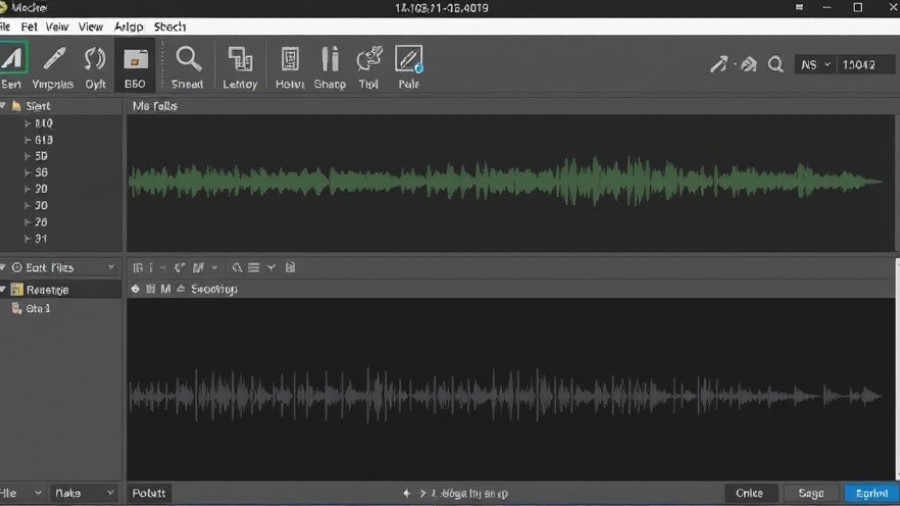
Unifying Design Feedback: A New Era of Efficiency
In an age where collaboration drives success, design teams often find themselves overwhelmed by the chaos of fragmented feedback. Picture this: a designer submits a new homepage mockup only to receive feedback scattered across emails, Slack messages, and red-inked screenshots in Google Drive. This disarray doesn’t just lead to confusion; it consumes valuable time—engineers may waste up to 50% of their day gathering disjointed comments instead of solving real design problems. Luckily, design feedback and annotation tools have emerged as essential assets to streamline this process.
Why Centralized Feedback Tools Matter
Successful design feedback tools, like those discussed in this guide, centralize all responses within one platform, significantly alleviating the burden on creative teams. By allowing clients and team members to comment directly on specific design elements, these tools foster a more collaborative atmosphere while reducing the number of revision cycles. When all feedback is located on the design itself, clarity reigns supreme.
Key Benefits of Design Feedback Tools
1. **Centralized Feedback**: With all comments residing alongside their respective designs, teams eliminate the risk of losing essential feedback amidst multiple channels.
2. **Visual Annotations**: Users can directly point to buttons or layout elements using arrows and highlights, which enhances communication and understanding.
3. **Automatic Task Creation**: Some platforms integrate with project management tools (like Jira and Asana), allowing feedback to be instantly converted into actionable tasks, so designers can implement changes more efficiently.
4. **Reduced Revision Cycles**: Context-rich feedback minimizes the back-and-forth typically associated with unclear directives, enabling teams to execute changes correctly the first time.
5. **Scalability**: Non-technical stakeholders can provide feedback without needing extensive design knowledge, thus improving engagement and speeding up approvals.
A New Wave of AI-Powered Solutions
2025 has seen a remarkable shift toward AI-driven design feedback tools. Companies like BuildBetter.ai and Zonka Feedback are pioneers in harnessing AI to automate data collection and sentiment analysis, making feedback collection smarter and faster. AI features allow for intelligent categorization of incoming responses, significantly enhancing the feedback quality and reducing processing time. As AI continues to advance, such tools become indispensable in a designer’s toolkit.
Comparative Insights on Top Design Feedback Tools
To navigate the multitude of options available, this article reviews 16 prominent design feedback tools, pinpointing key differentiators such as pricing structures, usability, and unique features. For instance:
- **Figma**: Best known for its real-time collaboration but struggles with extensive offline capabilities.
- **Markup.io**: Offers strong visual context but may require users to create accounts, adding friction for clients.
- **Feedbucket**: Aimed at web agencies, it allows clients to provide feedback without needing prior technical knowledge.
Expanding the Scope of Design Feedback with Integrations
Integrating design feedback tools with existing project management software is critical for maximizing efficiency. With seamless transitions between feedback and task management platforms, teams can ensure that updates made in one system reflect in the other without additional input. This approach not only maintains organized workflows but also fosters a culture of accountability across team members.
Conclusion: Embracing the Future of Design Feedback
As the landscape of design feedback continues to evolve with AI innovations and integrated solutions, teams must adapt to stay ahead. Centralized platforms that effectively manage and streamline feedback will undoubtedly enhance the quality and speed of project delivery. If you want to enhance your workflows and elevate your project's efficiency, consider exploring these modern design feedback tools.
Get Started Today!
Embrace the future of design collaboration by choosing the right tools that unify feedback and aid your team in achieving their creative vision. Explore your options and find the one that aligns best with your unique needs.
 Add Row
Add Row  Add
Add 




Write A Comment